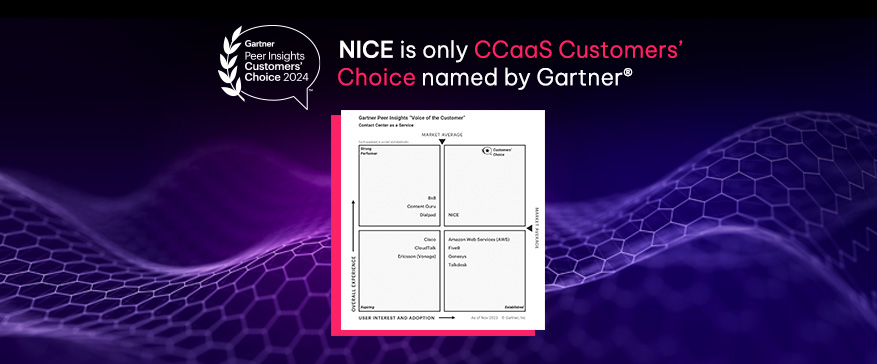What is Analog?
Analog technology takes an audio or video signal, such as music or a human voice, and converts it to electronic signals. The telephony industry has used analog technology for decades. Basic residential and commercial phone service used to be exclusively analog. Subscribers receive their phone service over a POTS (Plain Old Telephone Service) line, and the telephones on either end of the call do the translation work.
Pretty simple. But analog has limitations, most notably the amount of data it can handle, which is why both residential and business phone service has largely converted to digital.
How does analog compare to digital?
Digital uses a very different method to process sounds and images, converting signals to a binary format in which everything is represented by ones and zeroes. Because this is a more efficient way to transfer data, digital signals can carry more information, resulting in better clarity of sound and images. This also means a digital telephone system can offer more features than an analog system.
High volume call centers typically use digital phone lines known as T1s. They have far greater capacity than analog modems and some features, such as automatic number identification (ANI), are dependent on them.
In an analog contact center, voice signals are transmitted as electrical voltage variations over physical copper wires. Analog systems have limitations in terms of call quality and features.
Here are some key characteristics of analog systems in the contact center:
- Voice quality: Analog systems are prone to signal degradation and noise interference, leading to lower voice quality compared to digital systems.
- Limited functionality: Analog systems usually offer basic call handling features such as making, receiving, and transferring calls. Advanced features like call routing, interactive voice response (IVR), and call recording may be limited or absent.
- Scalability: Expanding an analog system typically requires additional physical wiring, making scalability challenging and potentially costly.
- Maintenance: Analog systems may require more frequent maintenance and troubleshooting due to the physical nature of the infrastructure.
Digital technology revolutionized telephony systems by converting voice signals into digital data, allowing for more efficient transmission and advanced features. In a digital contact center, voice signals are converted into binary code (0s and 1s) and transmitted over digital networks.
Here are some key characteristics of digital systems in the contact center:
- Improved voice quality: Digital systems offer higher voice quality and clarity compared to analog systems, thanks to better signal processing and noise cancellation capabilities.
- Advanced features: Digital systems provide a wide range of advanced features such as call routing, IVR, call queuing, call recording, real-time analytics, and integration with customer relationship management (CRM) systems.
- Scalability: Digital systems are more easily scalable as they rely on network infrastructure. Adding new lines or expanding capacity typically involves minimal physical changes.
- Flexibility: Digital systems allow for more flexibility in call routing, call handling, and customization of features to meet specific business requirements.
- Integration: Digital systems can integrate with other contact center technologies, such as workforce management, quality monitoring, and customer engagement platforms, enabling a more comprehensive and streamlined contact center operation.
Digital systems have largely replaced analog systems in modern contact centers due to their improved functionality, scalability, and overall performance. They enable contact centers to offer enhanced customer experiences, optimize operations, and leverage data-driven insights for better decision-making.







